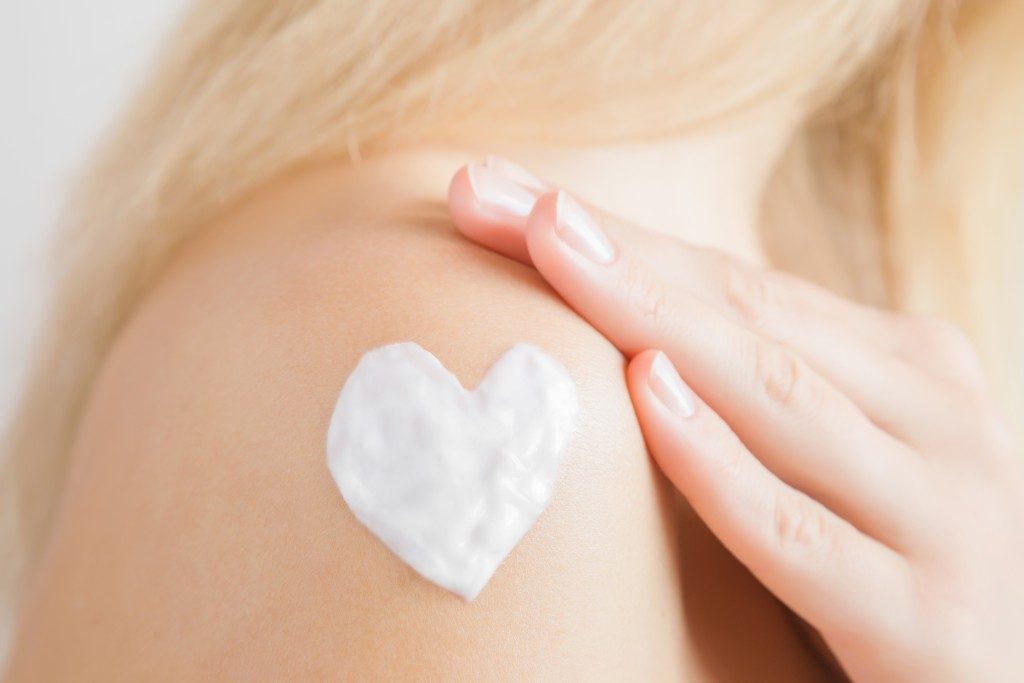Disrupting your skin’s natural pH can cause all sorts of dermatological issues.
Is your skin prone to redness, pimples and irritation? Is it dry and prone to premature ageing? These are all signs of imbalance in your skin pH. If your skin has the right pH —slightly acidic at 5.5— it is likely healthy, radiant and less prone to issues.
Why should skin be slightly acidic?
Your skin’s pH or “potential hydrogen”, refers to its environment’s level of acidity or alkalinity. It can range from 0 to 14, where 0 is the most acidic, 14 the most alkaline, and 7 is neutral.
At its natural pH, your skin’s acid mantle is able to shield you effectively from infection and disease. It’s natural oils, moisturisers and bacteria, are also in perfect balance.
When disrupted, it becomes dry and wrinkly (when alkaline), or reddish, itchy and with regular breakouts (when too acidic).
How to have healthy skin pH
Can you guess your skin’s pH? If you’re not sure, you can use at-home pH strips to find out. Once you know, you can then work to rebalance it, or simply maintain it.
Fortunately, adopting gentler skin care habits, opting for skincare products with natural ingredients and eating healthy food restore your skin’s natural pH.

Be gentle on your skin
Too much washing and face scrubbing especially with soap, which is highly alkaline, is not good for your skin. It disrupts its natural protection. Many have shifted to a no-soap-just-water and seen results.
Instead, gently wash with lukewarm water using a mild, “pH balanced” cleanser. When able, avoid hard water as its high mineral concentration can cause irritation.
Avoid chemicals and opt for natural
Learn more about your skin care products. Check labels to avoid products that are alkaline or too acidic. And instead, pick neutral to slightly acidic options.
Cleansers, moisturisers and emulsifiers, typically contain high alkaline. Check their neutral and slightly acidic counterparts, such as those with alpha hydroxy acids. Also, try to lessen the load of synthetic chemicals that touch your skin by trying all natural skin care products.
If you prefer, you can make personal care products too in your own kitchen. There are many free tutorials on how to make deodorant, lip scrub, soap, and lotion bar.

Be selective about what you eat
When it comes to food, you’ll want to follow an alkaline diet, which supports your body’s natural slightly alkaline pH of around 7.4.
To do this, cut your intake of acid-forming food, like sugar, processed foods, red meat, dairy, alcohol and coffee. Then eat more alkaline-forming food, like fresh leafy greens, beetroot, carrots, avocadoes and quinoa.
Changing up the skincare routine and diet you’ve grown accustomed to, could prove challenging. But you don’t have to do it all in one go. For instance, start with your cleanser. Then, cut back on red meat, or eat more greens.
Maintain these changes and watch how far you’ll get in a couple of months.
Balancing your skin’s pH is just one step to healthier skin. But it’s a wise step to make. Who knows, it may just fix that pesky skin issue that’s bothered you for years.

